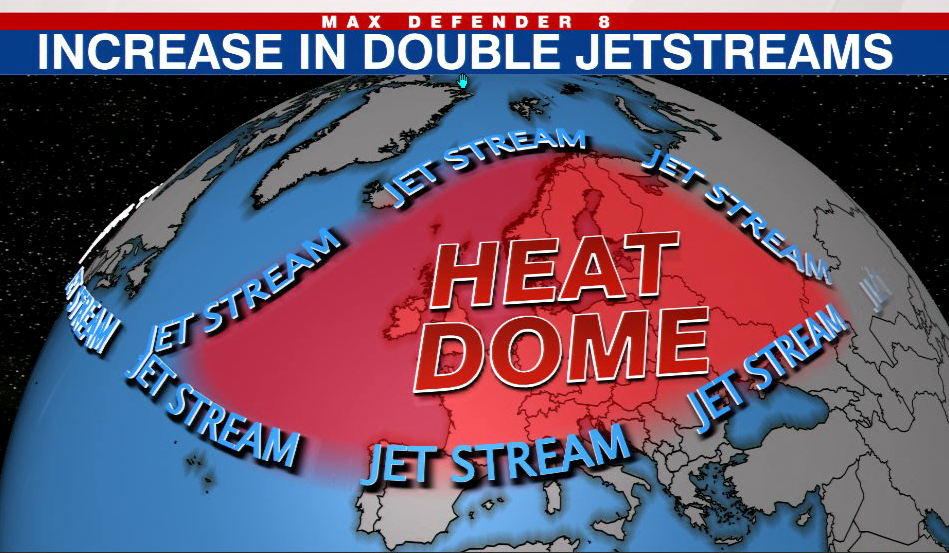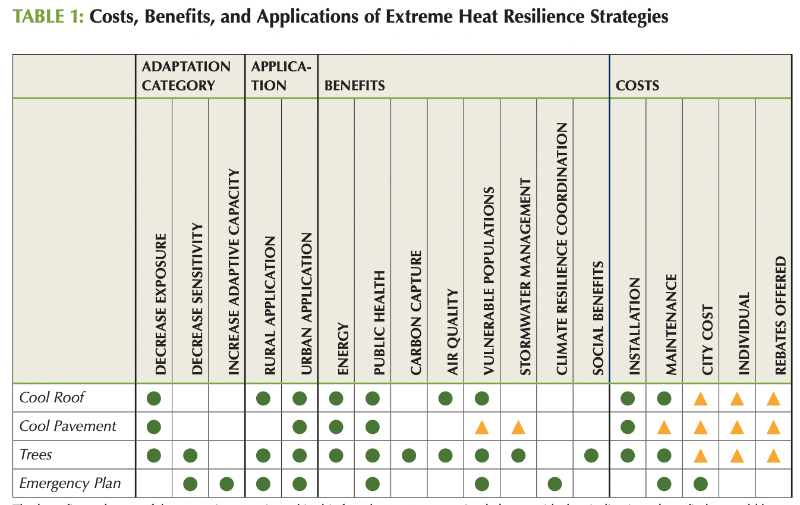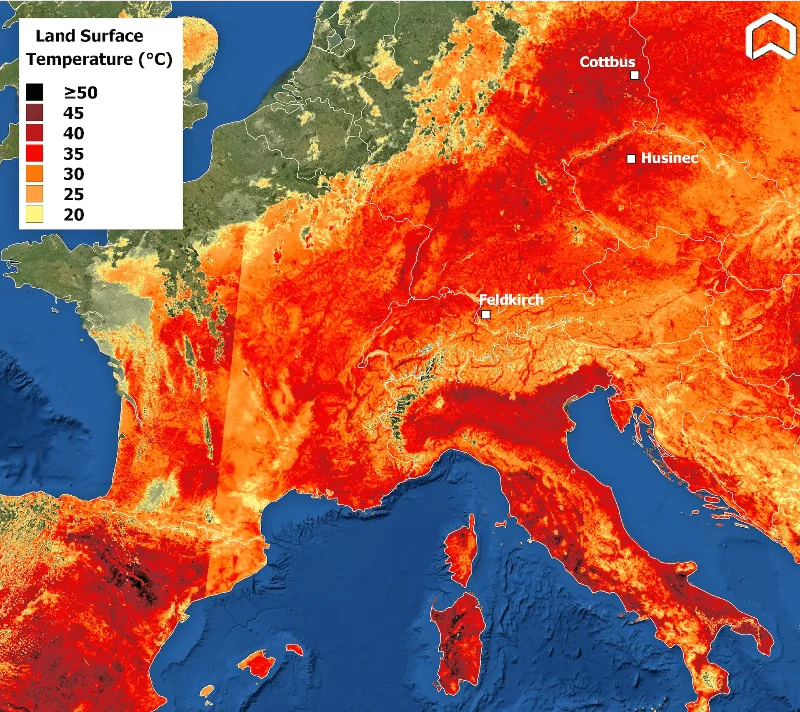We’re bringing you exclusive content from our newsletter, The Forecast, right here on Medium. Sign up here. This feature, called the Weather Corner, takes a deep dive into weird weather around the world, from our August 17 newsletter.
Western Europe has been hit by brutal back-to-back heat waves all summer. Scientists are calling the region a “heatwave hotspot” — a recent study published in the journal Nature found that episodes of extreme weather are increasing at a “disproportionate” rate in Western Europe compared with other parts of the world.
The region had been just starting to recover from July’s extreme temperatures — which reached 40°C, or 104°F, for at least one day in Spain, France, and the United Kingdom (the highest temperature ever recorded in the UK).
The heat had wreaked havoc across the countries unprepared for it: Portugal and Spain recorded about 1,600 heatwave-related deaths. It also worsened an ongoing drought across the region, as the heat evaporates water from soil and rivers. The German Rhine reached unprecedentedly low levels, prohibiting cargo ships and ferries from passing through, while nuclear plants along the French Rhône and Garonne rivers cut production because the river water became too hot to cool the reactors.
And under these warm, dry conditions, wildfires broke out along the continent, killing several residents and forcing evacuations. Meanwhile, farmers across the Italian countryside reported that they would lose up to 80% of their harvest due to severe drought.

Data from Climate Change Institute, University of Maine with difference between July 19, 2022’s forecast temperature and the 1979–2000 average for the same day of the year. Map via NYT.
Just as the temperatures began to ease at the end of July, now, the region faces another “heat dome,” or a ridge of high pressure. Last week, temperatures rose into the high 30s Celsius (triple digits Fahrenheit) in Portugal, Spain, and France, and close to that level in the United Kingdom. As we wrote in a past Weather Corner:
- Heatwaves happen in a location when air becomes trapped, usually due to a high-pressure system. High-pressure systems force air down toward the ground, preventing the air on the ground from rising. It’s like a lid on a pot: It keeps the air in, where it continues to heat up, and prevents rain from providing relief.

So why is this happening in Western Europe, and how is it tied to climate change?
The Nature study found that persistent heatwaves have increased three to four times faster in Western Europe than in the rest of the northern mid-latitudes, including the United States and Canada. (They defined persistent heat waves as at least six consecutive days during which the maximum air temperature exceeded the threshold of the hottest 10 percent of days in a given location.)
The rise is linked to atmospheric changes over Eurasia: Specifically, an increase in the frequency and persistence of “double jet stream states” over the region are driving them. The jet stream is the fast air current that flows west to east about 10 kilometers above the surface of the Northern Hemisphere, and periods during which the jet stream is split into two branches — so-called double jet states — have become longer.

Illustration of what a split flow jet stream and heat dome may look like. Image Credit: WFLA.
But climate change has caused shifts in large-scale atmospheric circulation and jet stream states, soil moisture deficit/related land-atmosphere feedbacks, oceanic circulation, and sea-surface temperatures — and these factors likely create favorable conditions for the more frequent occurrence and the longer persistence of double-jet state, the study authors found. Plus, human-caused climate change has led to rising temperatures around the world, which fuels more intense heat waves in general.
Each hemisphere has polar jet streams and sub-tropical jet streams. Usually that means Western Europe receives chilled air and precipitation from the North Atlantic, which usually has a cooling effect. But during double-jet states, the cooling weather system gets diverted northward, leaving heat waves to develop for over Western Europe. Double-jet streams are not abnormal; they have long occurred especially during summer.

Nearly all of the Western European heatwaves, including the 2003 one that led to 30,000 deaths, have occurred during a double-jet state, the authors state. They compared these heat waves to those in the Mediterranean and Eastern Europe, where dry soils are likely more important for the development of persistent heat waves.
It’s notable that these European heatwaves are not only caused by global warming but also knock-on climate change-fuelled atmospheric shifts. As the planet is already locked into at least 1.5 degrees of warming, even if we were to cease emitting greenhouse gases today, and so atmospheric changes are already occurring with major implications for risk management and potential adaptation strategies for the years ahead.
These types of heat waves will be the new normal, rather than the exception, and governments, companies, and consumers urgently need to adapt to them.
According to the Center for Climate and Energy Solutions, some heat-specific adaptation strategies include:
- Creating heat preparedness plans for all residents, especially vulnerable populations, which could mean opening cooling centers during periods of extreme heat and adopting workplace heat stress standards.
- Planting trees and installing cool, green roofs plus cool pavement to reduce the urban heat island effect.
- Implementing energy efficiency measures to reduce demand on the electricity grid, especially during heat waves.
- And using more heat-resistant and drought-resistant crop varieties in agricultural production, plus installing more efficient irrigation systems.

